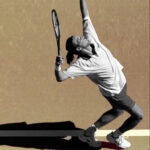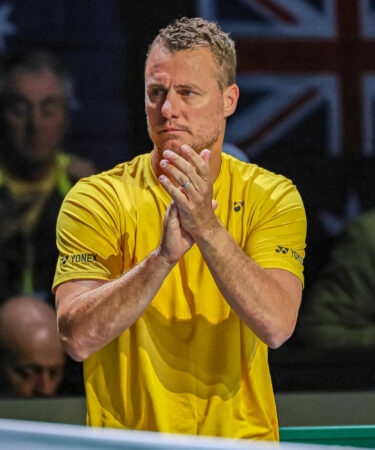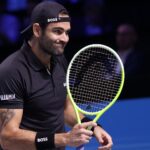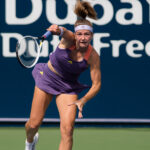November 16, 2001: The day Lleyton Hewitt became world No 1 for the first time
On this day in tennis history, a young Australian, who had recently won the US Open, secured his spot at the top of the rankings for the very first time

What happened on that day?
On this day, November 16, 2001, in the ATP Masters Cup round-robin, world No 2 Lleyton Hewitt defeated fellow Australian Pat Rafter (7-5, 6-2) to secure the ATP’s No 1 ranking for the first time. Hewitt, who had recently triumphed at the US Open, would clinch the title a few days later, defeating Sebastien Grosjean in the final (6-3, 6-3, 6-4).
The players: Lleyton Hewitt and Pat Rafter
- Lleyton Hewitt: The Aussie who had just become the new US Open champion
Lleyton Hewitt was born in 1981. While his father had been a professional Australian football player and his mother a professional netball player, young Lleyton chose tennis. In January 1997, aged only 15 years and 11 months and without an ATP ranking, he was invited to the Australian Open qualifying event, where he won three matches to become the youngest qualifier in the tournament’s history (defeated in the first round of the main draw by Sergi Bruguera, 6-3, 6-4, 6-3).
A year later, in 1998, the young Aussie stunned the tennis world by clinching his first ATP title before his 17th birthday, in his hometown of Adelaide. On his way, he defeated the great Andre Agassi (7-6, 7-6) and, in the final, he beat Jason Stoltenberg (3-6, 6-3, 7-6).
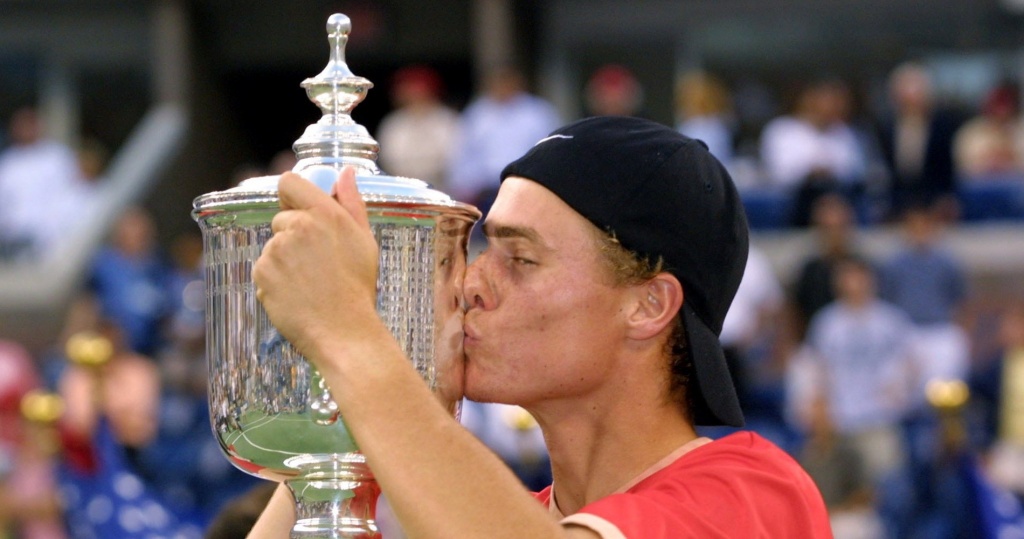
It took Hewitt another year to break into the top 100, in early 1999. That year, he claimed a second title, in Delray Beach (defeating Xavier Malisse, 6-4, 6-7, 6-1) and finished the season as world No 25, also participating in the Australian triumph at the Davis Cup. In 2000, he became the first teen since Pete Sampras to claim four titles in one year; the most important of those was the Queen’s Club Championships, where he beat six-time Wimbledon champion Sampras in the final (6-4, 6-4). It was also in 2000 that he obtained his first notable Grand Slam result, reaching the semi-finals at the US Open, where Sampras took his revenge from the Queen’s loss (7-6, 6-4, 7-6).
“Rusty”, as his coach Darren Cahill called him, was now a member of the top 10. In 200, he made even bigger strides by triumphing at the US Open, defeating Sampras in the final (7-6, 6-1, 6-1). Aged only 20, he was now a serious contender for the world No 1 spot. Hewitt was a great mover, very skilled as a returner and, above all, he was an incredible fighter: his trademark “Come on!” was already famous in the world of tennis.
- Pat Rafter: The Aussie who was two-time US Open champion
Patrick Rafter was born in 1972 and he turned pro in 1991. The Australian had not achieved any remarkable results early in his career, claiming only one title before 1997, at the 1994 Manchester Open. In 1997, Rafter’s career suddenly took off when he reached the semi-final at Roland-Garros, defeated only by Sergi Bruguera (6-7, 6-1, 7-5, 7-6). A few months later, he stunned the tennis world and claimed the US Open title. It was just his second career title!
On his way, Rafter had defeated Andre Agassi (then ranked No 63, 6-3, 7-6, 4-6, 6-3), world No 2 Michael Chang (6-3, -3, 6-4) and Greg Rusedski in the final (6-3, 6-2, 4-6, 7-5).
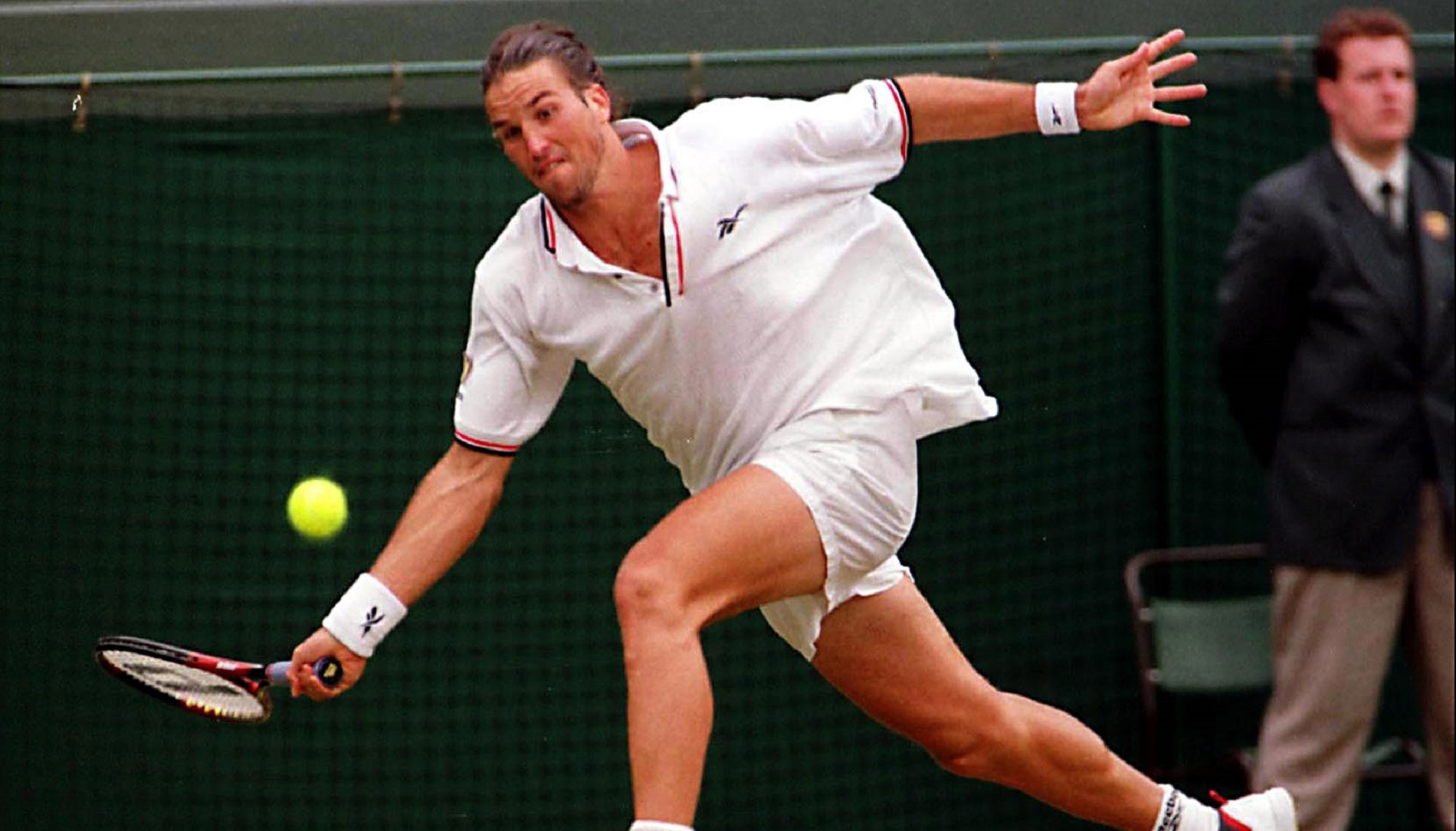
In 1998, his disappointing results in the first half of the season made John McEnroe criticise him as a one-Slam wonder and Sampras expressed that the Aussie would need a second Major title to be called a great player. As a response, in summer 1998, Rafter would claim the titles in Toronto and Cincinnati (edging Sampras in the final, 1-6, 7-6, 6-4). Riding the wave of confidence, Rafter would conquer a second US Open title, defeating Pistol Pete a second time (6-7, 6-4, 2-6, 6-4, 6-3) before he beat fellow Australian Mark Philippoussis (6-3, 3-6, 6-2, 6-0) in the first all-Aussie Grand Slam final since 1970.
He was described by Bud Collins as “a humble man known for a gracious manner on the court, great generosity and a gentlemanly demeanour at all times”. With his serve-and-volley game, Rafter desperately chased the Wimbledon title after having reached the semi-final in 1999 (defeated by Andre Agassi, 7-5, 7-6, 6-2) and finishing runner-up twice, in 2000 to Pete Sampras (6-7, 7-6, 6-4, 6-2), and in 2001 to Goran Ivanisevic (6-3, 3-6, 6-3, 2-6, 9-7).
The place: Sydney
Founded in 1970, the year-end Masters Cup was the final showdown between the eight best players in the world. Held in a different location every year at the start, it settled at the Madison Square Garden in New York, from 1977 until 1989. Since then, the tournament had moved several more times: from Frankfurt (1990-1995) to Hanover (1996-1999) and Lisbon (2000). In 2001, the Masters Cup was held in Sydney for the first time, at the 17,000-seat Sydney Superdome. As only the eight top players of the year qualify for the event, the list of its former champions reads like a who’s who of men’s tennis.
The facts: Hewitt becomes youngest ever world No 1
At the 2001 Masters Cup, the year-end world No 1 spot was on the line. That year, four different players had triumphed in the four Grand Slam tournaments, and in November, three of them were in contention to finish the year on top of the ATP rankings: the French Open champion Gustavo Kuerten (world No 1), Lleyton Hewitt (world No 2 and US Open champion), and Andre Agassi, (world No 3, who had triumphed at the Australian Open.)
During the round-robin stage, Kuerten lost his three matches and Agassi won only his first match against Rafter (6-2, 6-4) before losing to both Grosjean (6-3, 6-4) and Hewitt (6-3, 6-4). With both his contenders eliminated from the tournament, “Rusty” could reach world No 1 for the first time and become the 2001 ATP champion if he managed to win his third round-robin match, against his countryman Rafter.
The Sydney Superdome was jam-packed for this all-Aussie showdown. The two players played it close early in the first set, but in the end, Hewitt prevailed, 7-5. The second set was easier for the world No 2, who broke his opponent’s serve three times. At the last minute, though, the 20-year-old felt the pressure of becoming the new world No 1, and it took him no less than six match points before he sealed his victory 7-5, 6-2.
Hewitt was now guaranteed to become the youngest world No 1 in tennis history at the release of the new rankings, three days later, on November 19. He would remain the youngest No 1 in ATP history – and the youngest year-end No 1 – until he was surpassed by Carlos Alcaraz in both categories in 2022.
Years later, reflecting on that moment, he would simply comment:
What next? Hewitt remains No 1 for a total of 80 weeks
A few days later, Hewitt would start his reign in style by winning the tournament, defeating Grosjean in the final (6-3, 6-3, 6-4).
The Australian would hold the top spot for a total of 80 weeks, including the entire 2002 season, triumphing at Wimbledon (beating David Nalbandian in the final, 6-2, 6-3, 6-2) and at the Masters Cup (defeating Juan Carlos Ferrero, 7-5, 7-5, 2-6, 2-6, 6-4).
An even better achievement, I think, was the following year when I held the No 1 ranking the whole year, and won the Tennis Masters Cup when No 1 was up for grabs again.
Lleyton Hewitt to the ATP Tour website
After losing his top spot in 2003, Hewitt would remain a top player for a few more years, finishing runner-up to Roger Federer at the 2004 US Open (6-0, 7-6, 6-0) and to Marat Safin at the 2005 Australian Open (1-6, 6-3, 6-4, 6-4). He would exit the top 10 once and for all in early 2006 and, suffering from injuries to his knees, hips, hand, wrist, back and feet, he would never manage to reach the final four of a Grand Slam tournament again.
At the end of 2001, Rafter’s shoulder would need surgery. He would never come back on the tour afterwards and would announce his retirement in 2003.




